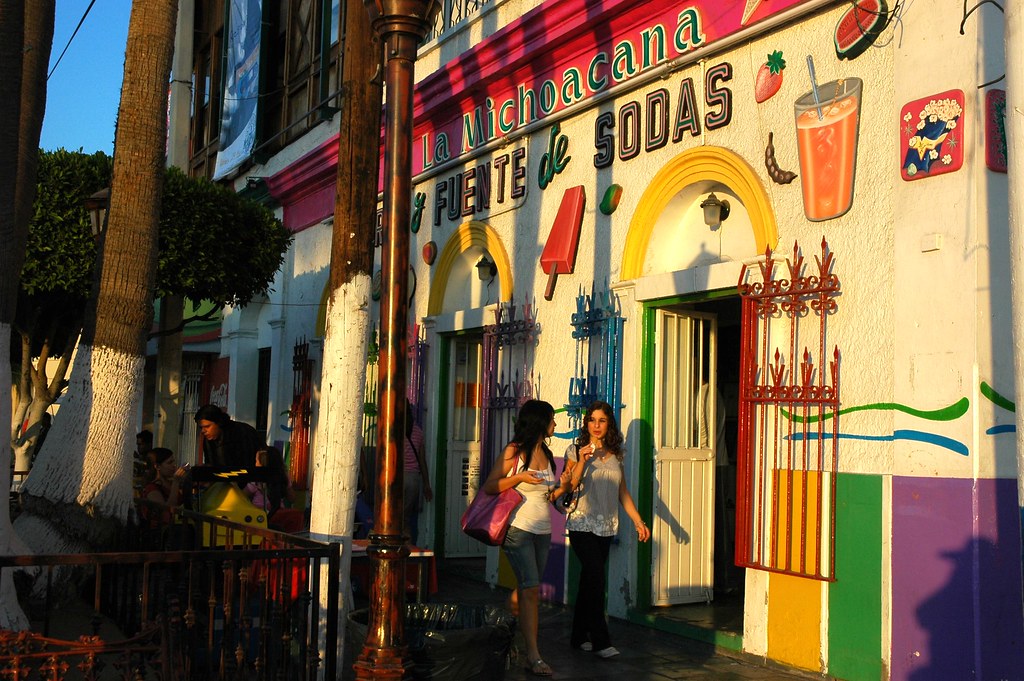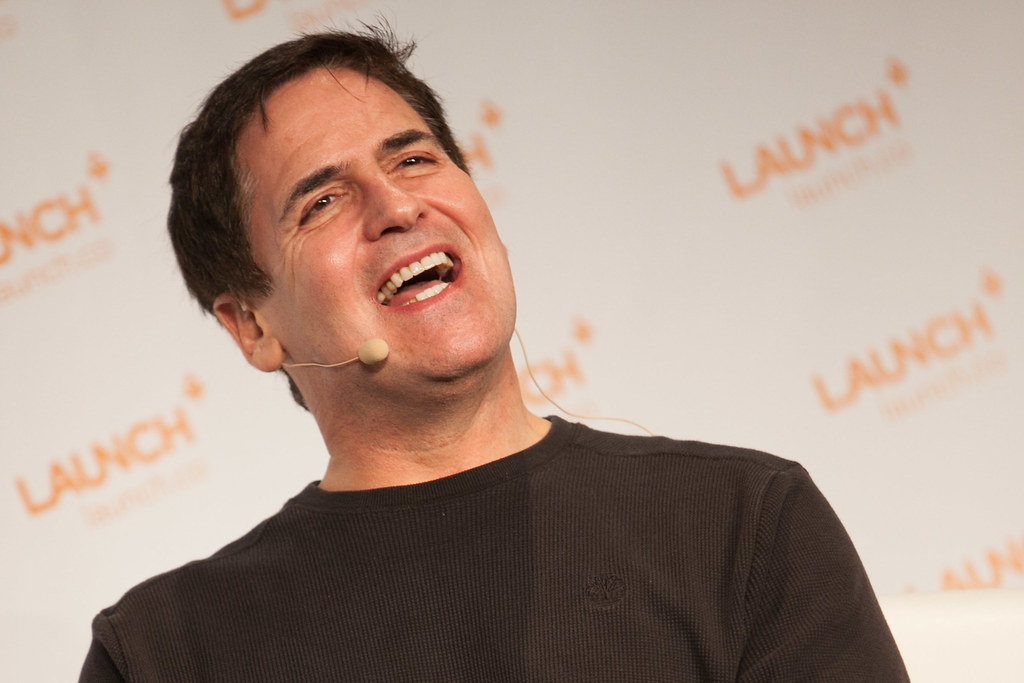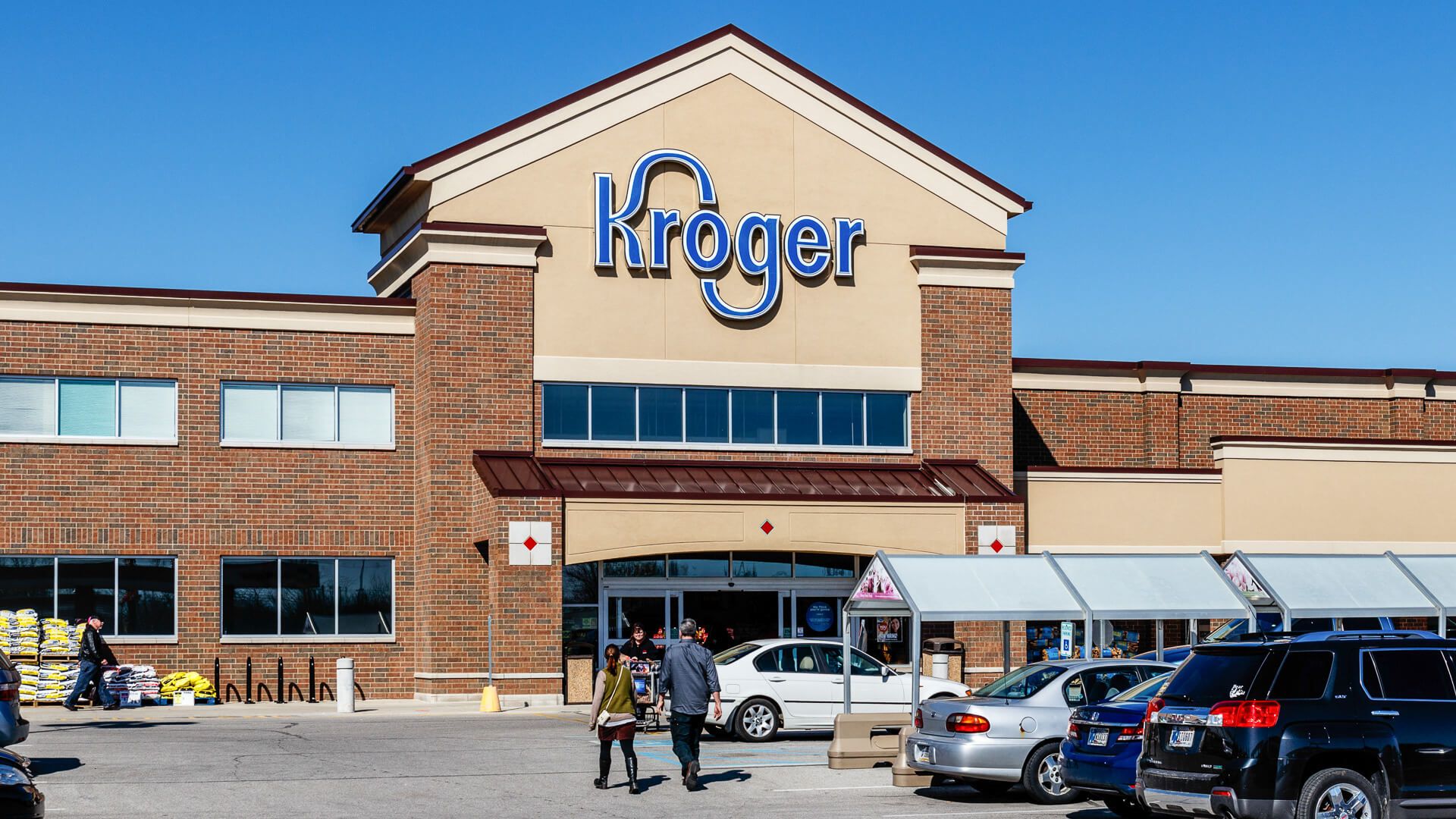
In the fiercely competitive environment of modern retail, which is characterized by rapid digital disruption and evolving consumer preferences, market leaders are compelled to engage in continuous innovation. Kroger Co., acknowledged as the largest U.S. supermarket operator with nearly 2,800 stores and annual sales exceeding $121 billion, is actively confronting this reality. The company’s latest strategic endeavor, the KroGO smart shopping carts, constitutes a significant stride in its ongoing efforts to incorporate advanced technology into the in – store shopping experience.
KroGO is an artificial intelligence (AI) – enabled smart shopping cart, developed in collaboration with New York – based Caper Inc., a recipient of the Forbes 30 Under 30 honor. These innovative carts were quietly introduced for testing at a Kroger – branded store in Cincinnati last October. Since January, their pilot phase has been extended to additional locations, including Madeira, Ohio. The nationwide deployment of these smart carts commenced in hundreds of U.S. locations in 2024, with ambitious plans to outfit over 1,000 stores by mid – 2026.
At its essence, the Caper Cart, branded as KroGO by Kroger, is intended to fundamentally redefine the shopper’s journey by eliminating the traditional checkout line. The technology enables customers to scan items as they place them into the cart, monitor a running total on a built – in touchscreen, and complete their payment directly on the cart. This integrated system guarantees a seamless and considerably faster shopping experience, addressing a long – standing pain point for consumers.
The technical sophistication of KroGO carts resides in their utilization of AI and machine learning to identify and track products. Each cart is fitted with an integrated scale for items sold by weight, such as fresh produce, which the system automatically weighs and prices upon placement. A point – of – sale card terminal is conveniently affixed, supporting credit and debit cards, as well as Kroger Pay. However, cash, gift cards, tobacco, hard liquor, and over – the – counter pharmacy items are currently excluded from direct cart purchases.
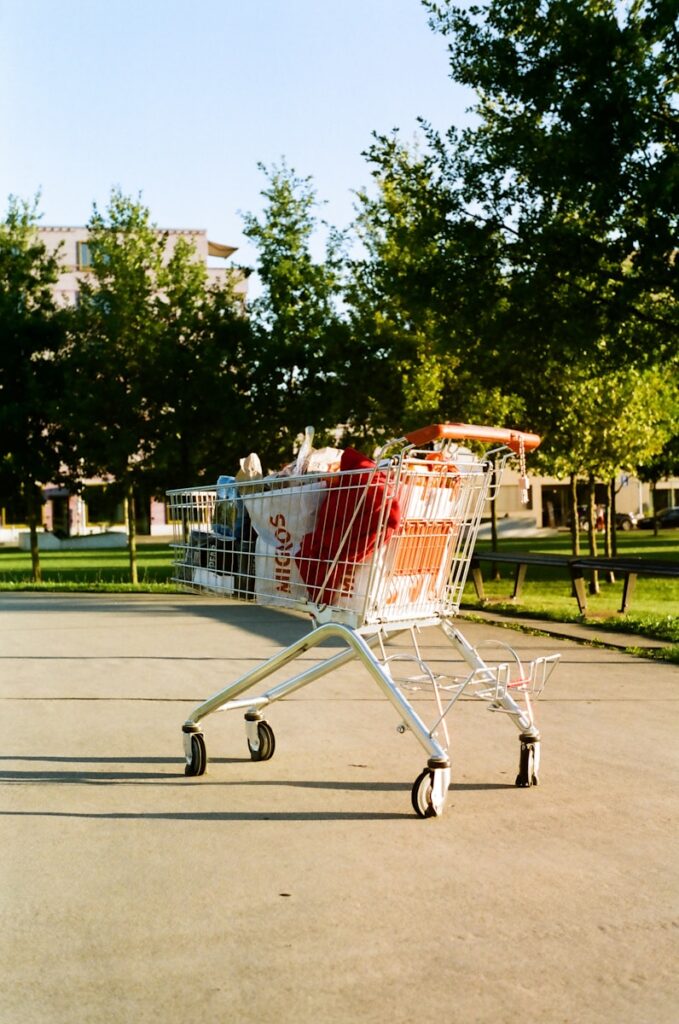
Beyond basic scanning and payment functions, the cart’s touchscreen provides enhanced features, encompassing shopping list recommendations and promotional offers, in addition to practical wayfinding capabilities. This functionality proactively recommends related items or deals, for instance, a jar of spaghetti sauce if pasta has just been scanned, thereby enriching the shopping journey with personalized insights. Customers can also effortlessly scan their loyalty cards directly via the cart, ensuring that all applicable discounts and rewards are automatically applied.
The strategic rationale underlying Kroger’s investment in KroGO is multifaceted, with the aim of achieving substantial operational efficiencies and enhancing the customer value proposition. A principal driver is the potential for labor cost savings, as more customers handle their own transactions, theoretically reducing the demand for a large number of traditional cashiers. While Kroger has stressed that cashiers are not being phased out but rather potentially reassigned to other store positions, the overall objective is to optimize labor allocation among its nearly 435,000 employees.
Moreover, the smart carts are anticipated to significantly expedite customer throughput, enabling more shoppers to move through the store swiftly, thus shortening checkout wait times and decreasing the occurrence of abandoned carts. This improvement directly contributes to increased sales capacity and enhanced customer satisfaction. Early pilot data reveals quantifiable enhancements, with smart cart users reportedly spending 12 percent more per visit and reporting a considerably smoother experience compared to traditional checkout lanes.
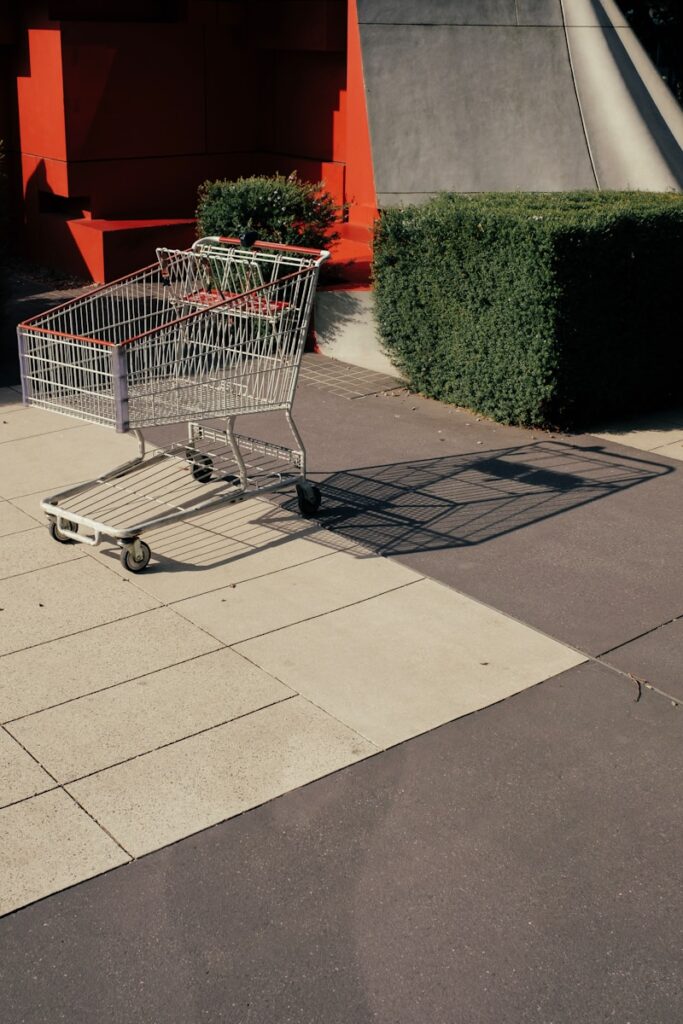
This drive for innovation is not Kroger’s inaugural venture into self-service technology. An earlier ambitious endeavor, the “Scan and Go” service, was initially piloted in 2018, enabling customers to utilize smartphone apps or handheld scanners to tally up their groceries. The concept, designed to provide a seamless checkout experience, was ultimately discontinued after three years, despite having been expanded to over 400 stores.
A post – mortem analysis of the “Scan and Go” initiative uncovers several pivotal challenges that impeded its widespread adoption. One major obstacle was the surprisingly low adoption rate, which reportedly reached a peak of around 20 percent of shoppers. Such limited participation implied that the anticipated labor cost savings did not materialize on a significant scale, failing to validate the operational investment.
Furthermore, the program faced substantial problems with “shrinkage,” or inventory loss, which reportedly rose in stores testing the Scan and Go system. This loss, whether deliberate or unintentional, posed a direct threat to profitability. Operational complexities also beset the initiative, including the upkeep of a large number of handheld devices and the necessity to retrain employees to assist customers with the new system, often resulting in confusion and frustration when technical malfunctions occurred.
Read more about: The Retail Closure Conundrum: Unraveling Myths in a Changing Commercial Landscape
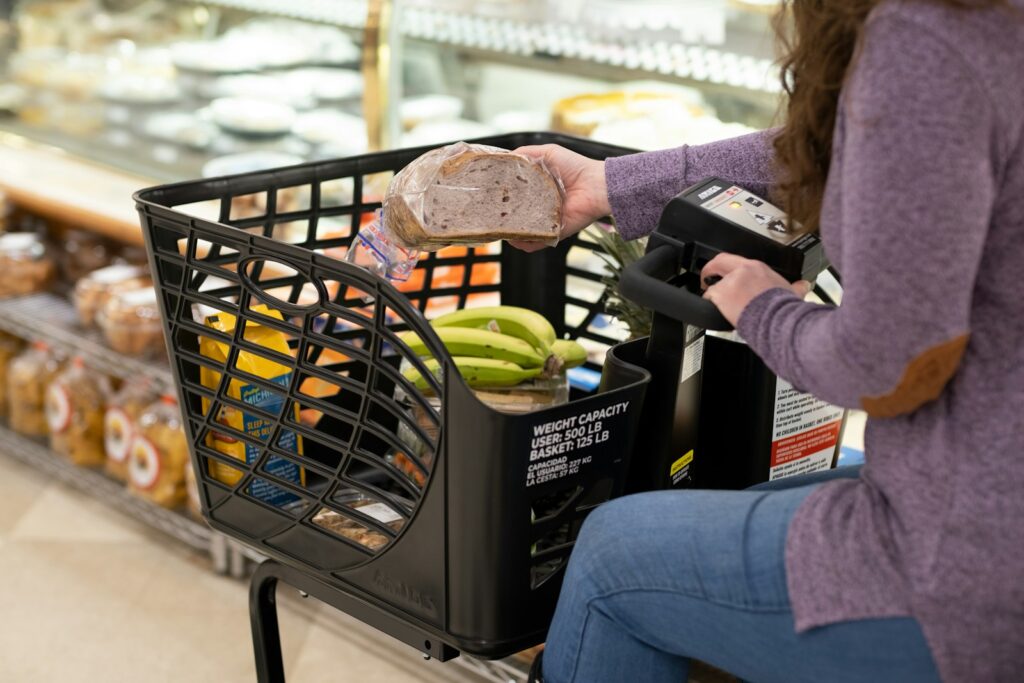
The cumbersomeness of handling produce represented another significant pain point. Shoppers were required to manually search for Product Look-Up (PLU) codes and weigh items, which introduced friction into a process that consumers anticipated to be uncomplicated. For many, the “Scan and Go” system simply did not succeed in delivering substantial time savings, as the most time-consuming facets of grocery shopping—browsing aisles and bagging items—remained unaltered, and queues did not vanish owing to low adoption.
In contrast, KroGO endeavors to rectify some of these prior shortcomings and presents a markedly different approach. Unlike the previous handheld scanners or smartphone applications, the Caper Cart incorporates scanning, weighing, and payment functions into a single, mobile device. While the technology for fully automated item identification without manual scanning is still in the process of development, Caper’s in-cart cameras and computer vision algorithms are expected to achieve this in the near future.
Caper’s business model for its smart carts underscores affordability and ease of deployment, positioning the company as a “plug-and-play autonomous checkout solution.” Unlike the comprehensive store refurbishments required by technologies such as Amazon’s ‘Just Walk Out’ system, which relies on a vast array of ceiling cameras and AI, Caper’s carts obviate the need for significant operational overhauls. This differentiation renders the technology more accessible to retailers seeking to swiftly implement autonomous checkout without incurring prohibitive costs or undergoing disruptive store redesigns.
Read more about: Nuclear Survival Guide 2025: Ranking Safest US States and Essential Shelter Lessons
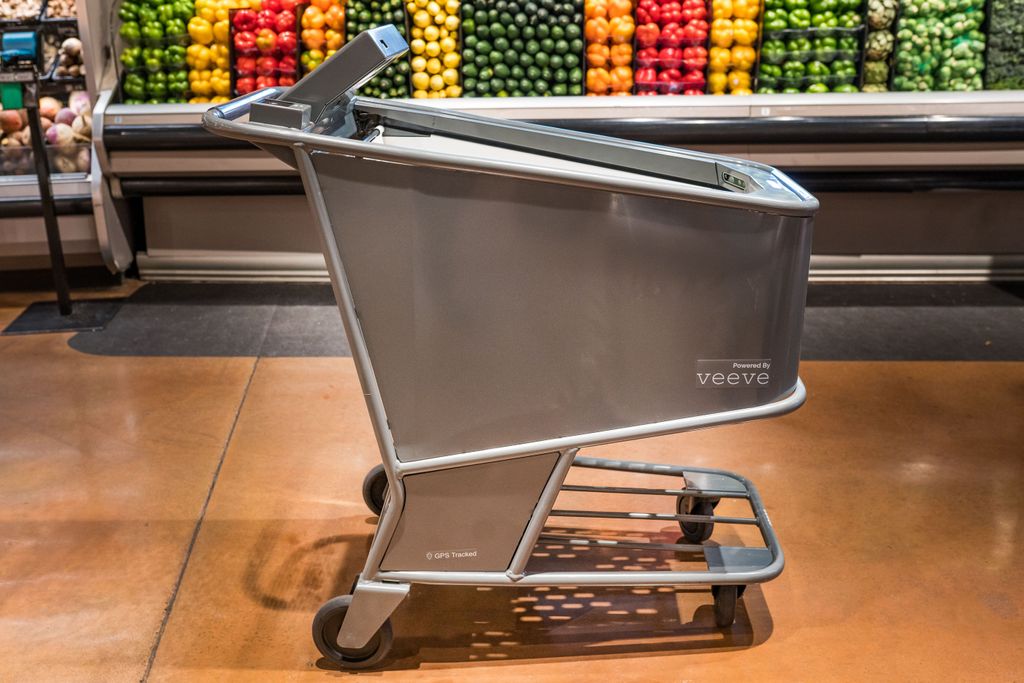
The smart carts also function as a potent real – time data collection instrument, providing Kroger with insights into shopper behavior to optimize store layouts, product placements, and promotional strategies. While privacy concerns have been voiced, Kroger asserts that all customer data collected is anonymized and utilized strictly for the purpose of enhancing in – store functionality and user experience. Customers still have the option to decline data tracking or simply opt for traditional carts if they so desire.
The launch of KroGO represents a pivotal element of Kroger’s overarching “Restock Kroger” plan, a multi – year transformation strategy that emphasizes digital integration, personalized services, and supply chain upgrades. In 2025 alone, the company has allocated over $500 million for in – store technological innovation. This strategic investment is crucial as Kroger confronts intensifying competition from industry giants such as Amazon Fresh, Walmart, and Instacart, which acquired Caper AI in 2021.
Kroger’s smart cart initiative places it ahead of many U.S. competitors in the race to digitize brick – and – mortar retail. While Amazon has been a pioneer in cashierless technology, Kroger’s smart carts offer a pragmatic compromise, striking a balance between innovation and accessibility as well as cost – efficiency. This approach circumvents the radical transformation of store formats, which can be costly and disruptive, rendering it a more acceptable solution for widespread implementation.
Beyond Kroger, the demand for autonomous checkout technology has soared, particularly in response to the COVID – 19 pandemic, as grocers and retailers seek methods to enhance safety and streamline operations. Other national chains and smaller – format retailers are also experimenting with Caper carts, including Sobeys Inc. in Canada and Foodcellar & Co. in New York, both of which have witnessed positive outcomes, such as an 18% increase in basket size at Foodcellar Market.
Product on Amazon: Shopping Cart with 2 Storage Crates, Multi Use Two Tier Collapsible Cart with 360° Rolling Swivel Wheels Heavy Duty Folding Trolley for Shopping, Picnic and Office
Brand: Visit the APOXCON Store
Price: 182.3 USD
Rating: 4.5 Total reviews: 83
Product Dimensions: 39.2″D x 24.1″W x 42.7″H
Material: Aluminum, Plastic
Color: Blue
Special Feature: Foldable, Wheels
Features:
1. Comes with Two crates — The shopping cart comes with two collapsible storage crates. The crate is made of high-quality PP material and has a strong structure, so it is not easily deformed when used. The securing strap on the cart can fasten the storage crate on the upper shelf.
2. Sturdy Construction — This shopping cart is made of high-quality aluminum alloy and plastic. The shelf is made of thickened PP plastic for extra support and stability. It is very suitable for shopping, garden, catering, warehouse, library, office, etc.
3. Easy to Fold and Unfold — The cart folded size is: 28.8″x21.8″x4.2″. Just press a button and you can easily open or fold the cart. When not in use, the utility cart can be fully folded up flat and placed in a car, storage room, warehouse, etc.
4. Heavy Duty Wheels — The shopping cart is equipped with four rugged wheels for maximum stability. Two of the wheels are engineered with 360-degree swivel functionality, you can flexibly move the cart in any direction you need.
Top Review from US: “I am a 72 yo woman. This is the BEST purchase I have ever made. Received it just in time for a move to new apartment. It saved so much work and back and forth between my car and apartment. It is durable, sturdy and easy to maneuver and store in my home or car.”
Shopping on Amazon >>
Read more about: Beyond the Hot Dogs: Unexpected Treasures and Insider Tips from a Costco First Visit
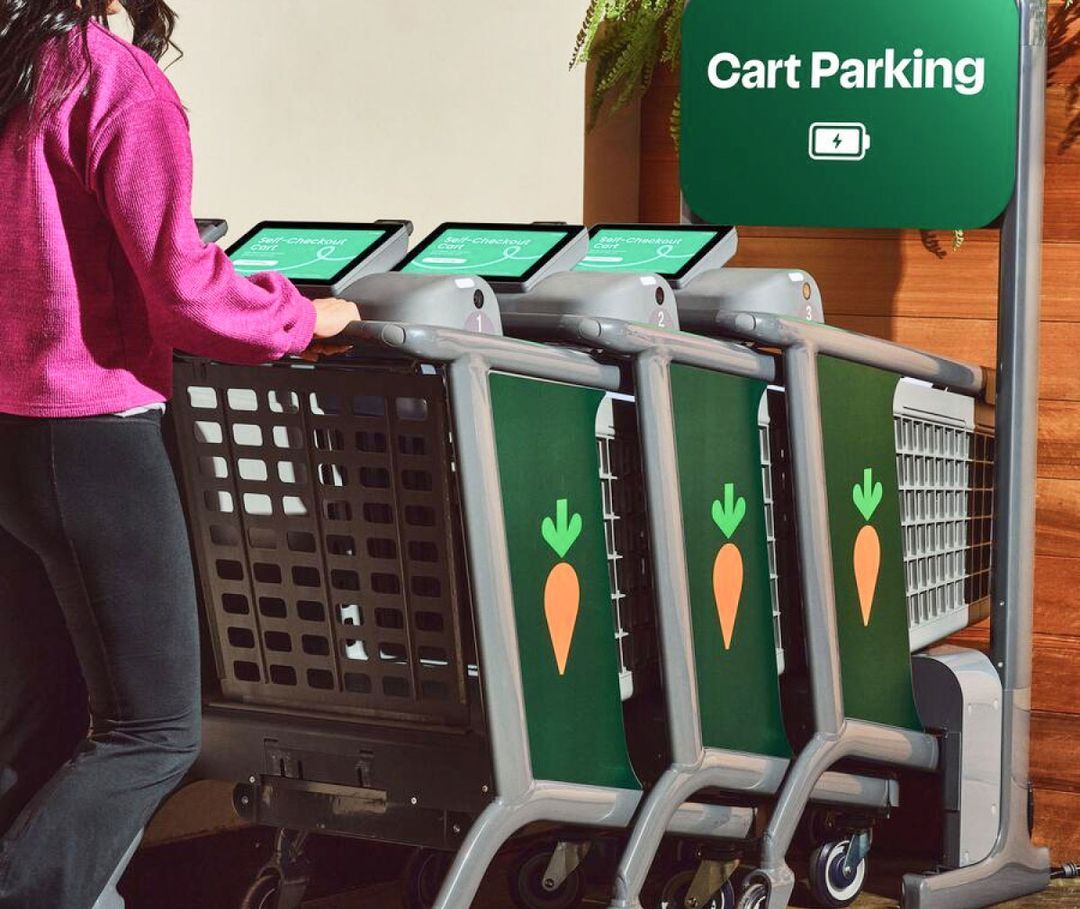
Looking ahead, the potential applications of smart cart technology extend beyond the current functionalities. Caper envisions a future in which brands can advertise directly on cart screens, and the system can offer intelligent recommendations to shoppers, thereby further promoting sales and enhancing the personalized shopping experience. The capability to assist shoppers in managing their budget in real – time, eliminating the necessity to remove items at checkout, has also been emphasized as a significant advantage by early users.
As an increasing number of Kroger locations implement smart carts throughout 2025 and 2026, the company aims to consolidate its leadership position in the U.S. grocery sector and attract a tech – savvy demographic that is increasingly in search of smarter shopping solutions. The overwhelmingly positive customer feedback from early – adopting locations, particularly concerning the ability to monitor spending, avoid queues, and receive useful in – cart suggestions, augurs well for wider acceptance.
Read more about: Unlock Your Most Radiant Self: Flattering Hair Colors and Smart Style Tips
The evolution of retail constitutes a dynamic process, characterized by incessant experimentation and adaptation to consumer demands. Kroger’s transition from its earlier “Scan and Go” experience to the sophisticated KroGO smart cart epitomizes this continuous pursuit of the optimal combination of technology and human convenience. This dedication to innovation guarantees that even as the digital and physical spheres of shopping progressively converge, the fundamental desire for efficiency, value, and a delightful experience remains of utmost importance, thereby shaping the future trajectory of how we fill our grocery baskets.


